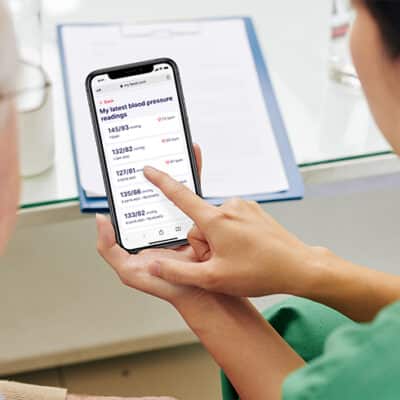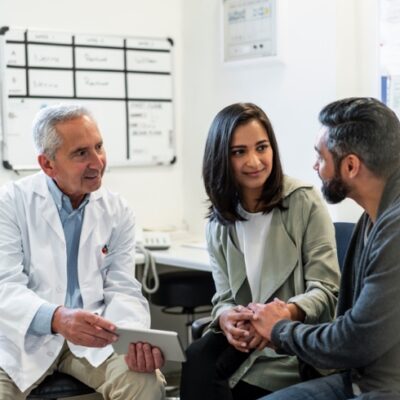Remote patient monitoring (RPM) enriches the patient healthcare experience by providing an alternative to in-person visits, facilitating constant and consistent measurements and communication with practitioners. RPM can better people’s lives, and the most comprehensive and effective RPM programs can care for patients in even more personalized and effective ways that in-person care can. Whether it’s used for treatment, monitoring, or recovery or the remote care of acute conditions in seniors, RPM can fit the needs of every patient. Countless patients have reported an overwhelming satisfaction with RPM and many plan to continue to use it beyond the global health emergency. RPM not only provides an effective form of in-home care, but enriches the lives of the individuals it assists.
Factors of remote care that enrich patient experience
- Accessible and easy-to-use devices
- Consistent and accurate daily readings to base diagnoses off of
- Transparent communication between patients and providers
- Can be done in the safety of the patients home, avoiding the potential exposure during in-person visits
- Removes barriers to doctors offices such as location or physical accessibility
How can remote patient monitoring enrich patient experience?
Providers utilizing remote care have already begun to see the benefits as their hospital readmission rates drop and patient satisfaction scores skyrocket. Locations such as the University of Pittsburgh Medical Center saw a 76% decrease in hospital readmissions and maintained patient satisfaction at a rate of over 90% simply by providing their patients with RPM equipment. Another survey’s findings reflected similar results, showing that one-fourth of total provider respondents reported a reduced rate in hospital admissions and trips to the emergency room. An even larger number of respondents found that the introducing RPM alone resulted in fewer inpatient admissions.
With seniors and Medicare patients suffering from chronic conditions driving the most positive ROI rates from using RPM devices, RPM is proving to enrich the lives of patients in their own homes. Patient experience is extremely relevant to the senior Medicare patient population who tends to suffer the most and endure the most costly treatments. A recent report showed that RPM not only improved patient heath and reduced costs, but resulted in overall greater patient satisfaction.
How do patients today feel about RPM?
The global health emergency has shown the world of remote care the importance of an enriched patient experience, and as Jana Arbanas, vice chairman at Deloitte, stated, RPM innovation “should focus around the essential elements of daily life to help people thrive in their crowded homes — underscoring the simple fact that technology and invention, ideally, is about supporting human needs.” Telehealth visits that occurred during the public health crisis are reported to have yielded an 82% overall satisfaction rate, with 44% of patients favoring remote care over in-person visits for convenience. During the global health emergency, this survey reported that 43% of patients felt a decreased chance of virus exposure as a result of remote telehealth care. One-fifth of those same respondents reported that scheduling a telehealth appointment was even easier than booking in-person appointments. Lastly, roughly 62% of those surveyed stated that they would continue to use remote monitoring services in the future regardless of the public health crisis subsiding.
Start The Path Toward Better Patient Care
Have questions about how remote patient monitoring for healthcare will work for you and your patients? Let’s have a conversation.



